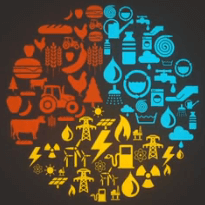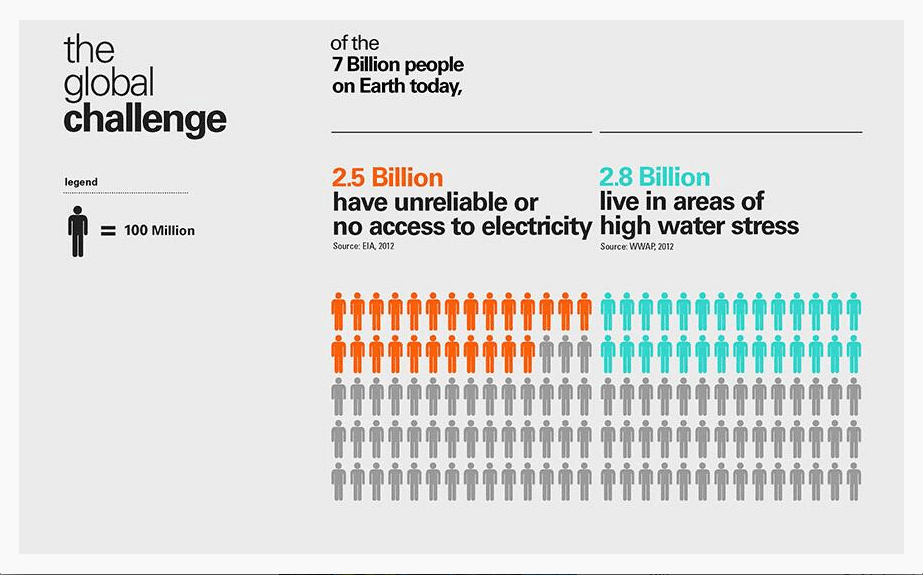
WTH is the W-E-F Nexus?
Some time ago I wrote about how KUDURA could be a triple-win solution for a sustainable development – it tackles economic, social and environmental challenges simultaneously. Furthermore KUDURA operates in the area of the “Poverty-environment” nexus, formulated in 2005 by the UNDP-UNEP Poverty-Environment Initiative, which states that: “Poor people depend on the environment for their livelihoods and well-being. Improved management of the environment and natural resources contributes directly to poverty reduction, more sustainable livelihoods and pro-poor growth” (web reference).
There is however another nexus that KUDURA is influencing as well, the so-called “Water-Energy-Food nexus” (or WEF – read more). Leading international stakeholders highlight this concept to be fundamental to creating sustainable future development and securing energy in a water-constrained world or “Thirsty Energy”.
The Institute of International and European Affairs (IIEA) has made a brilliant explanation of the concept with this video infographic. The understanding of the connections between water, energy and food is not only the essence of Nexus Thinking but designing smart and sustainable policies are the essence of Nexus of Action. Beyond policies, we need actual solutions, and even beyond solutions we need governments, politicians and NGOs willing to implement those solutions. We’ll tackle that further below. Back to the WEF Nexus: we believe what it points to is clean energy as a means of tackling this problem. The more water we can save by changing our energy sources from fossil fuels to clean, renewable energy sources, the more water we will have for the production of food and drinking, which impacts food security significantly. Felic Dodds, an international observer of the environmental policies, states it this way:
“We will not solve the food security challenge unless we solve the water and energy challenges”
Looking back to KUDURA and what it does i.e. purifying water and producing electricity, biogas and bio-fertilizer from solar power and waste material, it not only provides a reliable, scalable solution to the problem of food security by raising the productivity for the farmers, through bio-fertiliser, but also puts the emphasis on “water-free fuel sources” to provide energy and conserve water. Kate Zerrenner from the US Climate and Energy Program explains the problem so well we almost think she wrote it with KUDURA in mind:
“We know that solar PV and wind are virtually water-free fuel sources, and yet we continue to adopt policies that create roadblocks to their integration in favor of highly-water intensive coal and natural gas. Bringing more renewable energy onto the grid is not technologically impossible, but there are significant political and policy barriers in the way. We need to rethink how we plan for energy needs and put water in the equation from the beginning”
We conclude that KUDURA and possibly other solutions can address this “new” so-called Water-Energy-Food Nexus, influencing all three aspects simultaneously – the real question hinted at above and Ms. Zerrenner’s quote is, will anyone step up and purchase these solutions, implement them at scale and start attacking the problem, or will we all just keep publishing blogs, papers until it’s too late?
UPDATE – here’s a great picture that outlines the dependance between water and energy. Click the image to see the full infographic.
